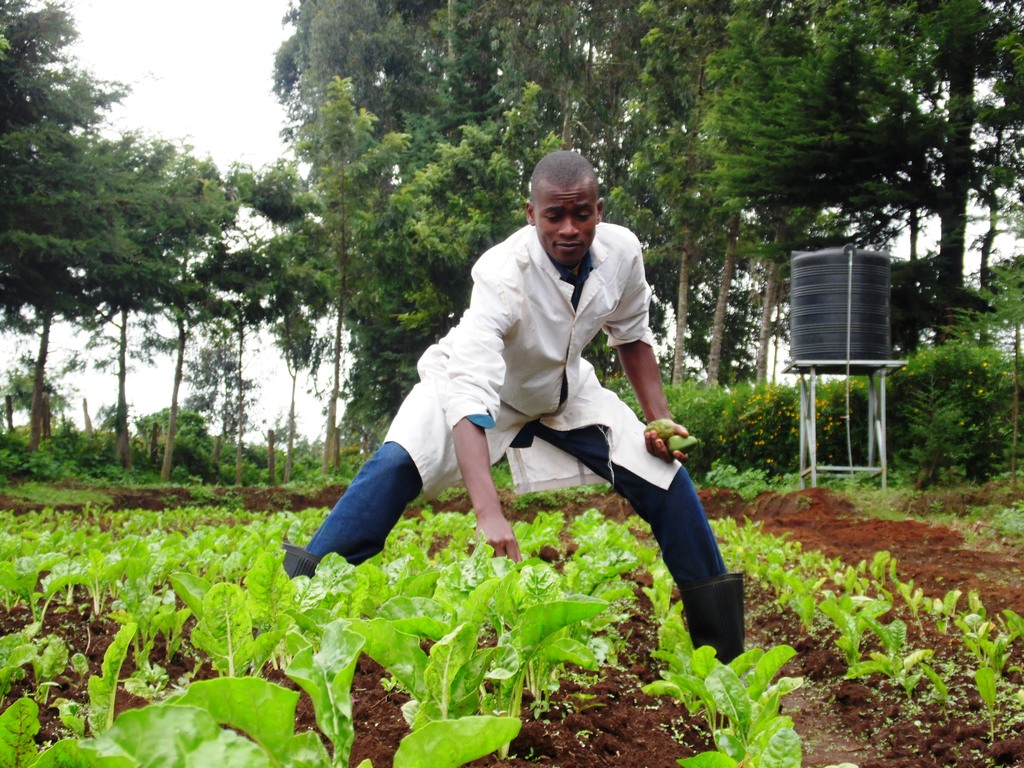
Besides, the farmer has grown other crops on his half-an-acre piece as an ‘insurance scheme’ against any catastrophe that may befall the spinach.
Nathan Mala says spinach farming is more lucrative than kales, especially when the supply is low. His trials in the past four years has proven that different growth patterns place a farmer in a better place to cash in even when it is dry.
In this rented piece of land in Kiambu County’s Lari area, Mala has planted the first set of spinach on a 30m by 80m piece and hopes to start harvesting by mid June.
Another set, which he planted two weeks ago, is due for July-August. This plot is smaller than the first one.
When Farmbiz Africa visited him, Mala was tilling his third portion for the maturing seedlings, which he hopes to transplant in early June. According to him, there will be no revenue flow gap until December 2016.
“Farming is a full time employment. There is no reason farmers should have money this season and miss on the next one. I decided to put myself on a constant payroll by planting the spinach at different times for irregular harvesting. I settled on spinach because it generates more money than kales,” he says.
In January 2013, Mala says, one leaf of giant spinach earned him Sh5 from consumers who came directly to his rented farm in Kikuyu. The demand was high and the supply was low.
While a 50kg sack of kales can fetch about Sh700 to Sh2,000 depending on the supply and demand, spinach of the same amount can earn double, also based on the same variables.
In Mombasa for instance, 50kg kales in February cost Sh2,500. Spinach of the same amount was selling at Sh4,000.
During the 2013 shortage, he sold the spinach directly to consumers who came straight to the farm.
“Avoiding brokers is one of the ways of increasing profit margins. One of the advantages of our location (Kiambu County) is the proximity to Nairobi’s Gikomba and Wakulima markets where we can sell directly at wholesale to grocery owners,” the 29-year-old farmer says.
In his ‘disaster insurance’ mitigation plan, he has grown kales, commonly known as sukumawiki in two smaller plots. A 30m by 80m greenhouse will be having at least 700 tomato plants starting on the first week of June. He has raised seedlings in a tray containing an artificial soil media to keep off diseases.
He is banking on piped Kiambu County water for irrigation in case of a dry season. The farm has a 2,600 litres storage tank.
He also has about 2,000 carrot plants and four feet by eight feet coriander piece.
Mala admits that it is challenging to give every crop full attention, but it is a full-time job he has chosen to do-with success being the only alternative.
Write comment (0 Comments)



.JPG)












